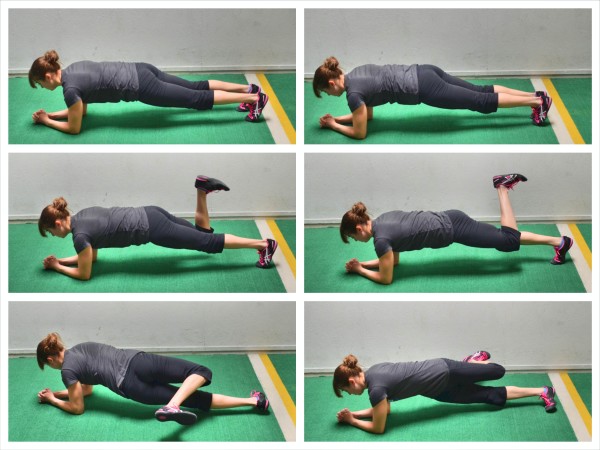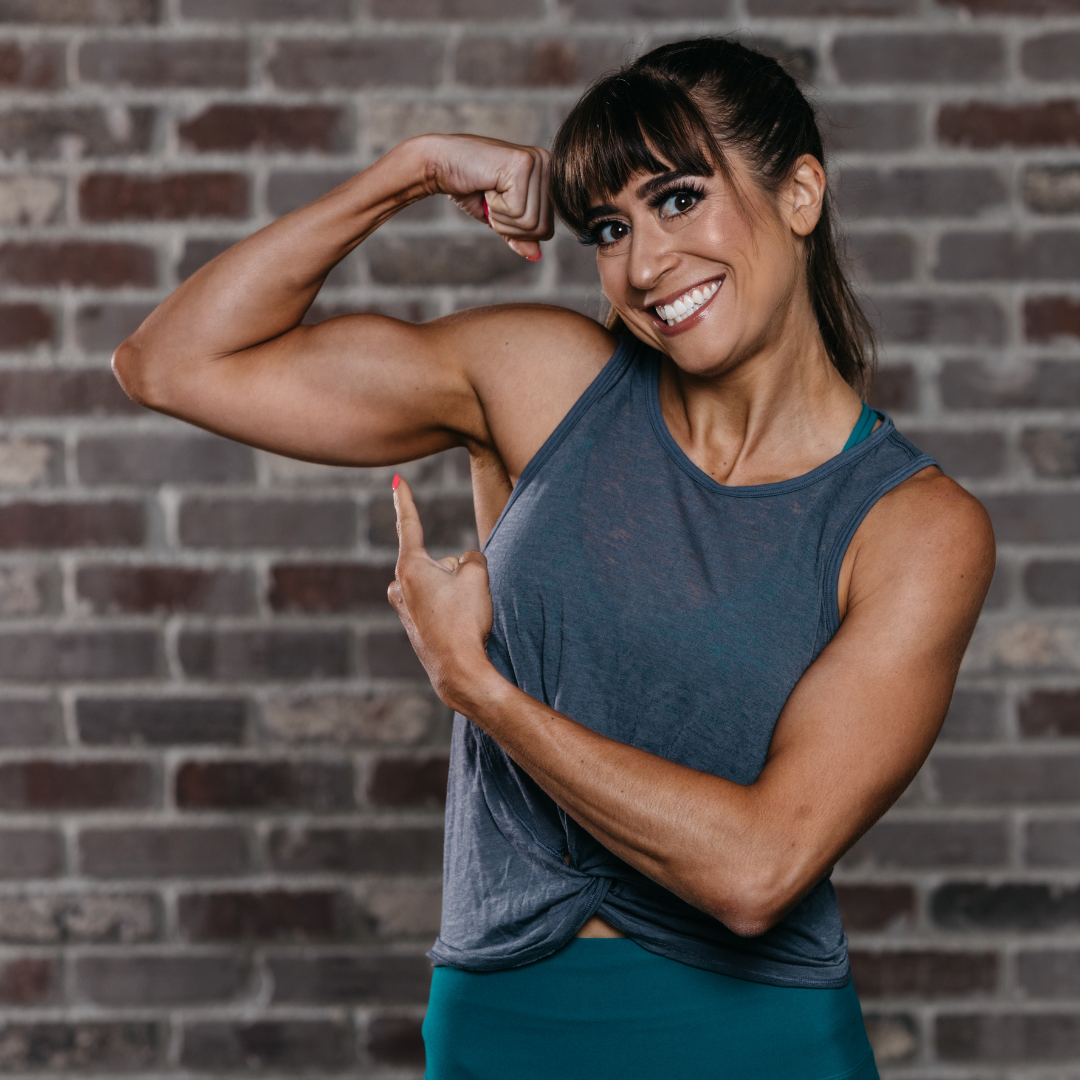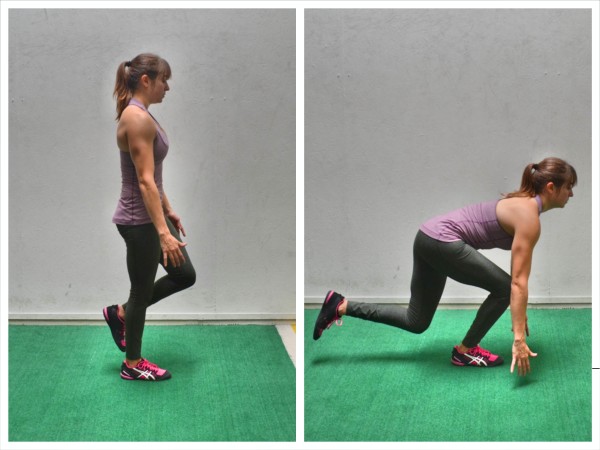

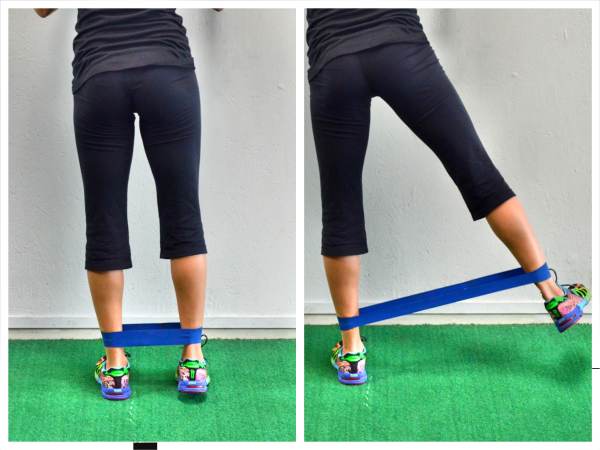
The Isometric Stability Workout
This content is for members only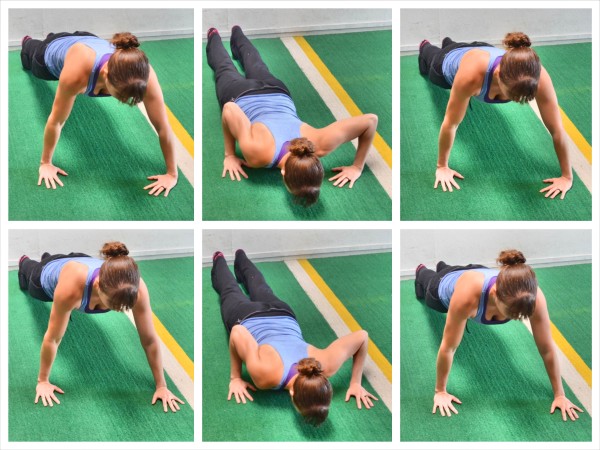
The Push Up Destroyer Workout
This content is for members only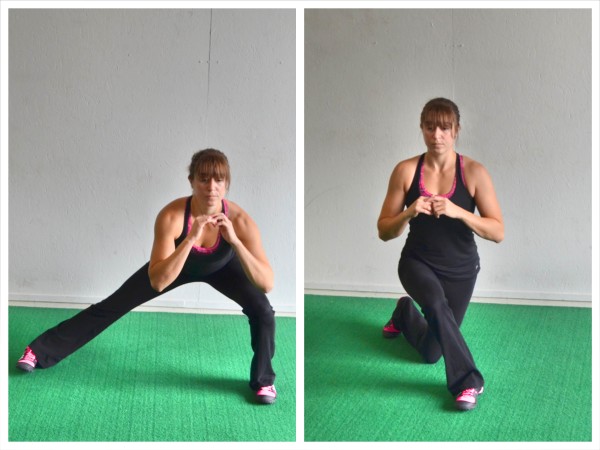
The 100 Rep Glute Bridge Challenge
This content is for members only